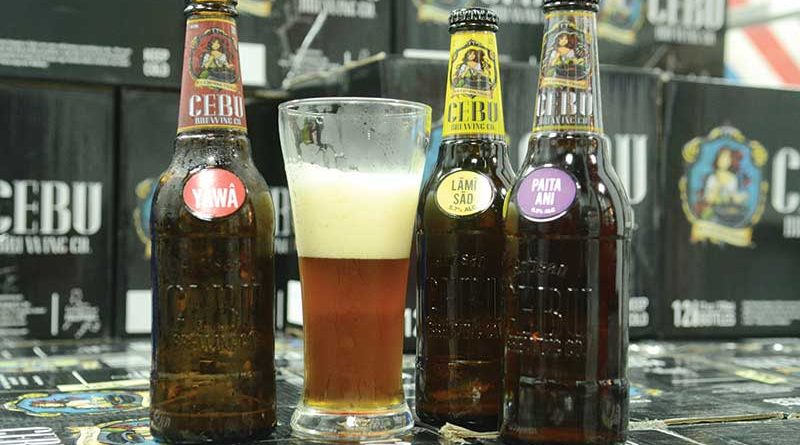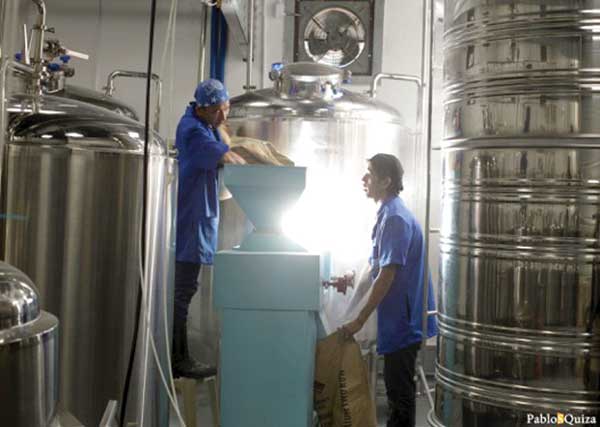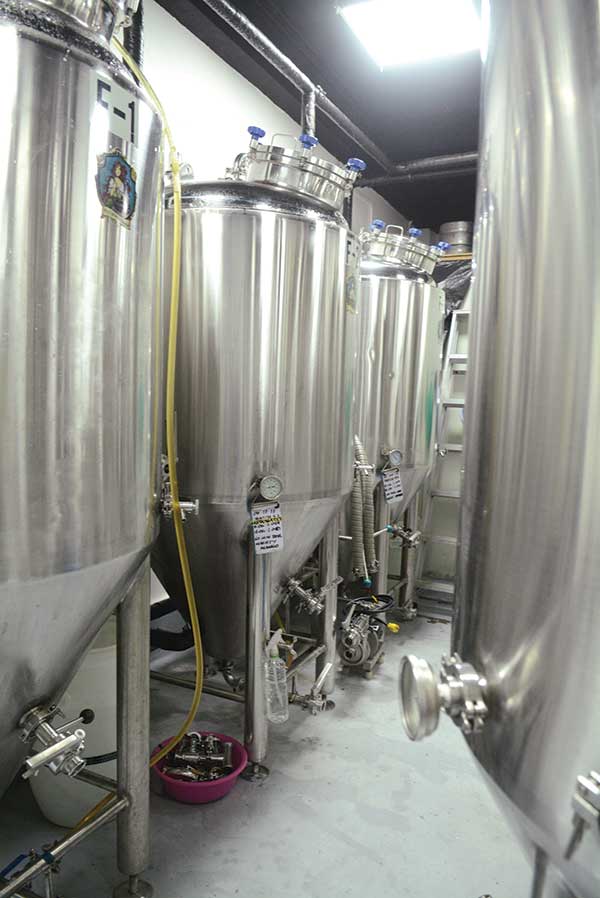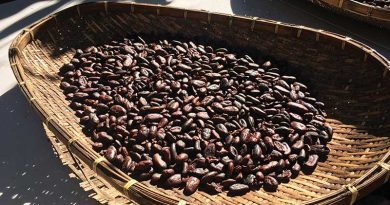The Craft of Brewing
By Patricia May P. Catan
Images: Allan Defensor
BEER is widely popular for keeping spirits high and turning otherwise dull nights into merry ones. For all that we have to thank those who tirelessly craft your brew.
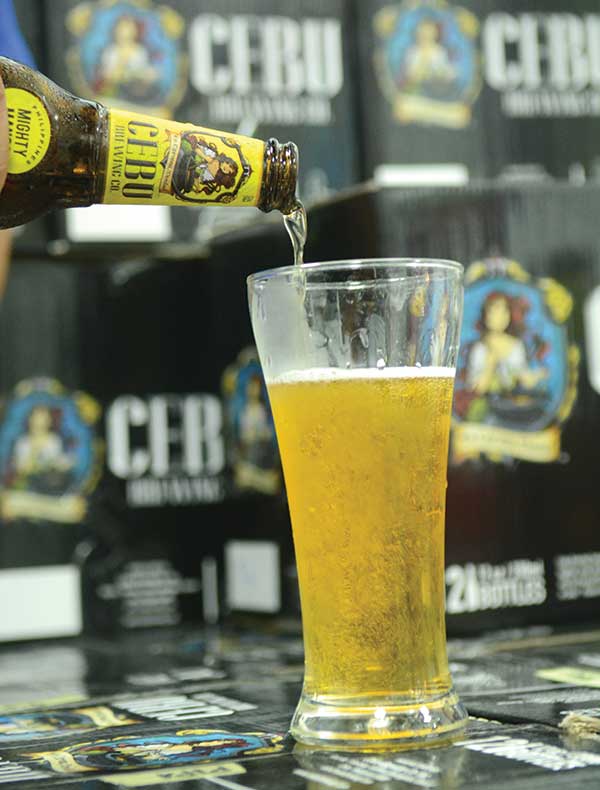 Some brewers, though, have gone the extra mile to intricately produce exceptional beers, ones that are uniquely blended to cater to a more diverse, sophisticated market. One of these brewers is the city’s first nanobrewery, the Cebu Brewing Company (CBC). The brewery proudly distributes its handcrafted beers to resorts, restaurants and other fine establishments.
Some brewers, though, have gone the extra mile to intricately produce exceptional beers, ones that are uniquely blended to cater to a more diverse, sophisticated market. One of these brewers is the city’s first nanobrewery, the Cebu Brewing Company (CBC). The brewery proudly distributes its handcrafted beers to resorts, restaurants and other fine establishments.
CBC specializes in really strong beer and hearty ales that are particularly developed to achieve the perfect balance Cebuanos are looking for. As what brew master James Abilla would say: “Creating a certain kind of beer takes a lot of experimentation and creativity. That’s when the art comes in.”
Abilla started brewing 25 years ago in Papua New Guinea while visiting volunteers working for the Peace Corps. From brewing in a hut surrounded by tropical jungles, he found himself in a brewing contest in Singapore years after. He left victorious and donned a bronze model for the Philippines with his own version of India pale ale: Philippine India Pale Ale or PIPA.
Positioning itself as Cebu’s best craft beer, CBC prides itself with a wide array of Cebuano craft beers, each one named with a tinge of contemporary Cebuano humor. To name a few, there’s Samoka Light (quite pesky), Yawa (the devil), Lami Sad (not bad), and Paita Ani (how bitter). Talk about craft beer that really communicates with our very own palates.

Do the brew
As interesting as the way Cebu Brewing Company names their beers, the brewing process itself also speaks volumes. SunStar Weekend sat down with owner and brew master James Abilla as he talked about the step-by-step process of making beer.
1. Milling. The brewing process begins with cracking the barley — basically where beer comes from. After the grains are crushed, these are then mixed with water to extract sugar that will soon be used in the fermentation stage. These grains come in different kinds which greatly affect the color and flavor profile of the beer.
2. Boiling. In this step, the sugar mixture is brought to a boil where conversion happens. Some proteins and enzymes change depending on the temperature and time the mixture is boiled. Hops are then added to the mixture, which will provide bitterness to balance out the sweetness of the mixture and add flavor.
3. Fermentation. As soon as the boiling is over and after the liquid is cooled, the beer is transferred to conical tanks for fermentation. Inside the fermentation tanks, the brewer’s yeast is added at a certain level of temperature where it will basically eat up all the sugar and release alcohol and CO2.
4. Bottling. From its four main ingredients — barley, water, hops, and yeast — we now have alcohol beer. At this stage, the alcohol is bottled by hand. Cebu Brewing Company’s beer bottles are specially made according its preference. These craft beers are now packaged into boxes and are ready for drinking.

